
Kyrgyz Division into Tribes and Clans Despite the absence of a centralized state, the Kyrgyz had...
In the village of Birinchi Mai, which is part of the rural district of Sary-Özön in the Sokuluk...
As a result of a helicopter crash in Dagestan, four people died. This information was announced by...
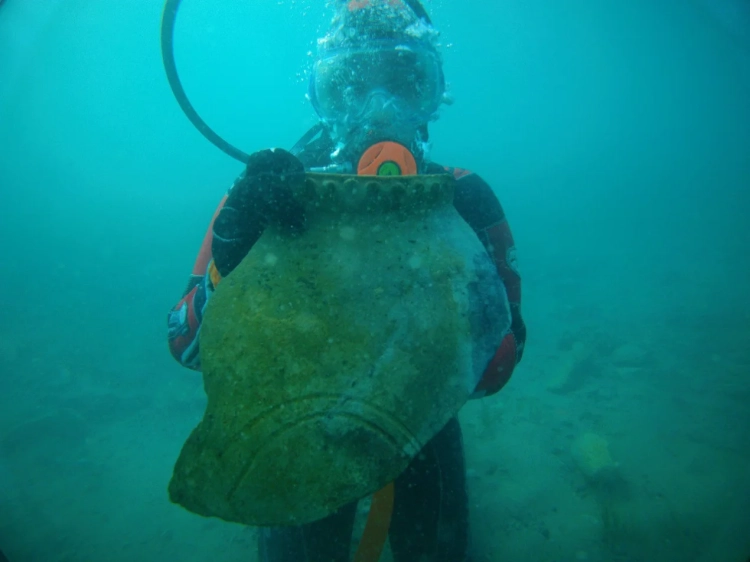
In this area, there used to be a settlement, but a powerful earthquake submerged it underwater, as...
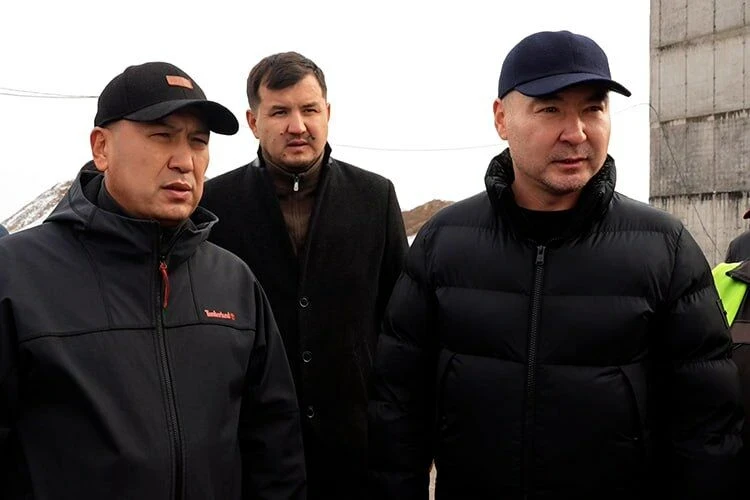
Photo by the President's Office. Kanaybek Tumanbaev inspected the construction of a...
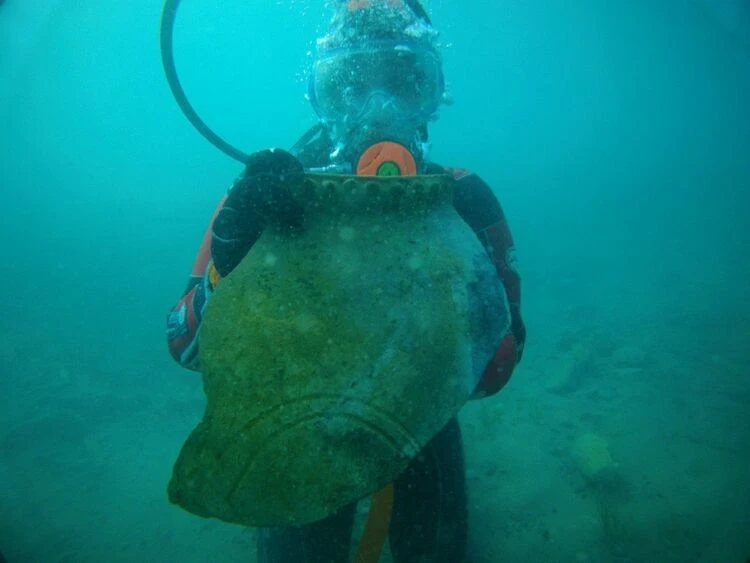
Photo from the internet In the autumn months of 2025, an international underwater archaeological...
A new round-the-clock department "Birimdik-24" has opened in Bishkek, which is part of...
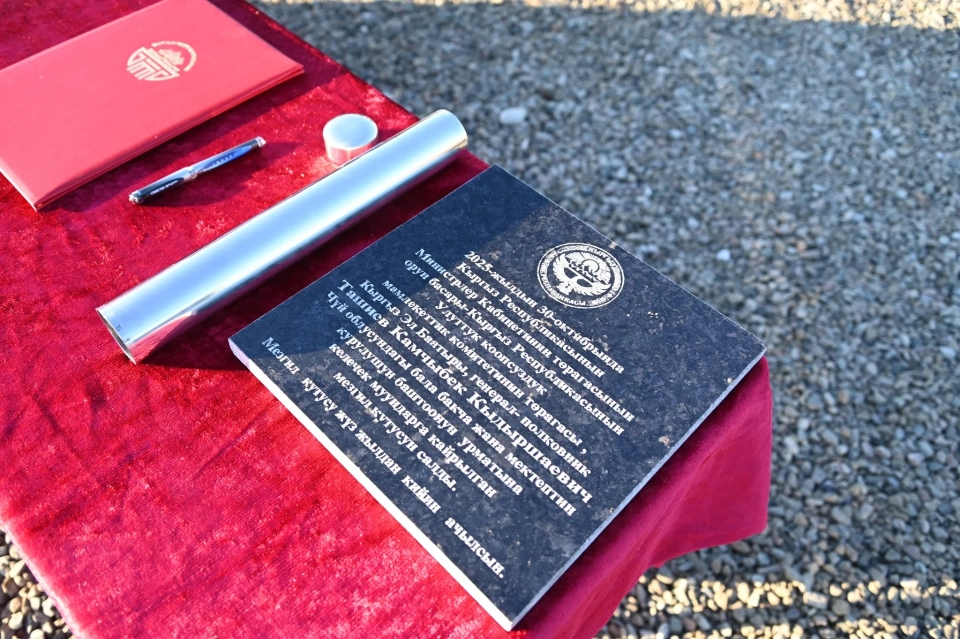
In the village of Kozhomkul, located in the Sokuluk district, a large-scale project for the...

For the first time, Kyrgyzstan will host the Tech and Science Fest, a significant event in the...

The Green Southern City The streets of the old city of Osh developed spontaneously. The...
In the Talas region, in the rural district of Shumkar-Uya, the fencing of 5,000 young saplings has...
The Department of Physical Culture and Sports, as well as Youth Policy of the Bishkek City Hall,...

International scientists have concluded that the structure of reality does not allow for the...
Aidarbek Tabaldiev, a private entrepreneur from the rural municipality of A. Suerkulov, located in...
Recent studies in underwater archaeology at Lake Issyk-Kul have led to the discovery of a Muslim...
Specialists from the architectural department of the Osh region, working within the Department of...

Paleontologist Paul Sereno studies the fossil of the duck-billed dinosaur Edmontosaurus The...
A new round-the-clock vehicle registration department "Birimdik-24" has opened in...
In the Lenin district, a project is currently underway to create irrigation systems for watering...
In Bishkek, in the area of the "TSUM" shopping center, the construction of a large...
In the village of Kochkor, the reconstruction of the "Seiyil" park is planned, as...
Scientific research conducted by geneticists from the Nikolai Vavilov Institute of General Genetics...
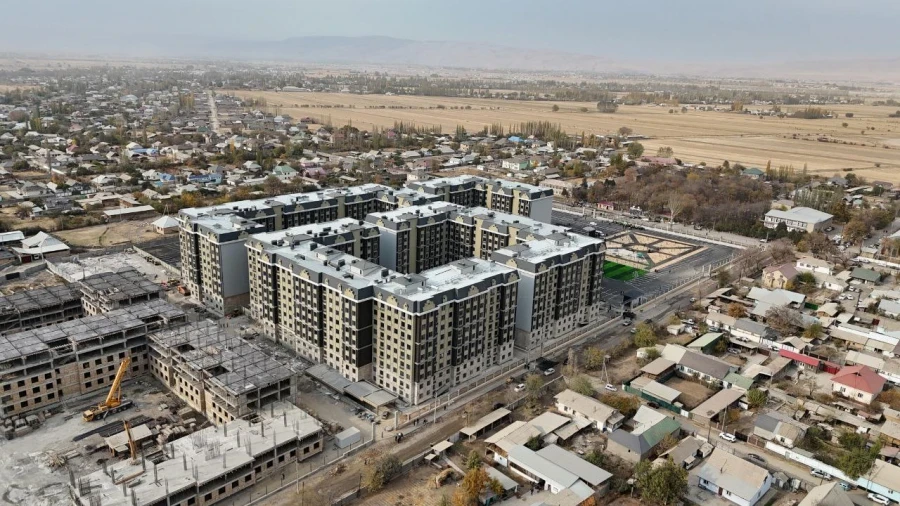
More than 13 thousand families have already received apartments...

Alyina Altymysheva, the national representative of the World Health Organization, reported on the...
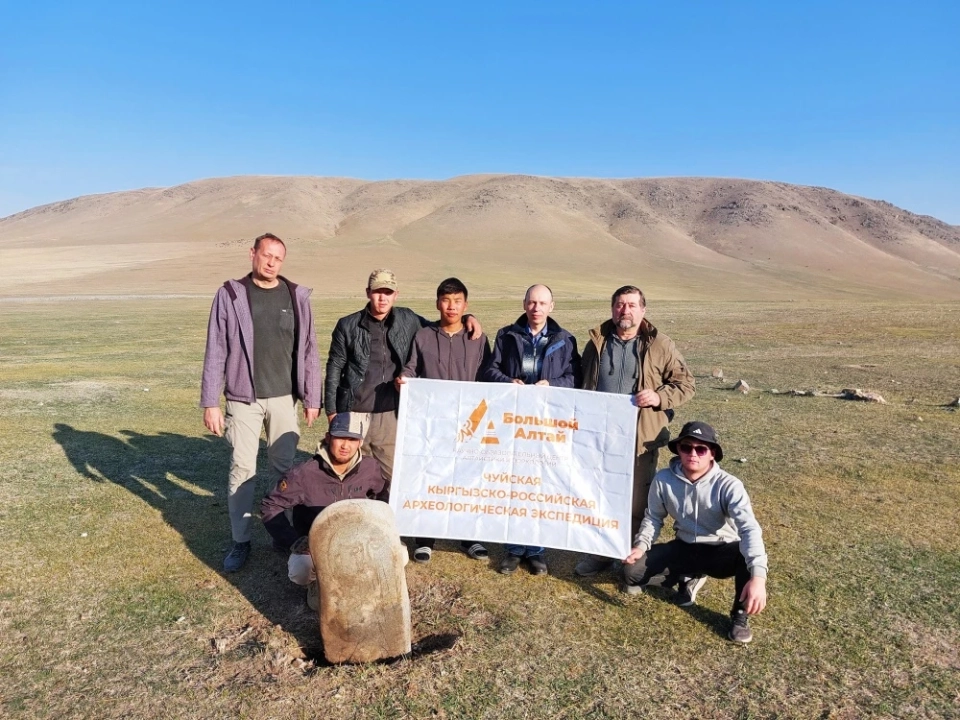
In the Chui region of Kyrgyzstan, archaeologists from Altai State University and the Kyrgyz...
The Cabinet of Ministers has made changes to the resolution "On the Effective Management and...
In the Issyk-Ata district, located in the Chui region, the construction of a new sports complex in...
According to data provided by the Ministry of Finance, from January to September of the current...
According to information provided by Science Alert, scientists from the University of New South...
A recent global study indicates an increase in cancer cases among youth worldwide, with obesity...

The first reliable traces of humans on the territory of Kyrgyzstan date back to the Paleolithic —...
On November 3, three vehicles of the "JAX" brand were received by the Osh City Department...
In the Naryn region, in the village of Jumgal, the concrete work on the "Moynok" canal...

Archaeologists claim that the region of Pre-Issyk-Kul was inhabited by ancient humans during the...
According to Chinese scientists, those working non-standard hours face an increased likelihood of...

Recently, RCA Living, the investor behind the ambitious Royal Central Park project, organized a...
In collaboration with the Central State Archive of Film, Photo, and Sound Documents (CSAFPSD KR),...
According to the "I Want to Live" project, at least 143 citizens of Kyrgyzstan have died...

Adoption of the New Constitution With the acquisition of independence, the renewal of the state...
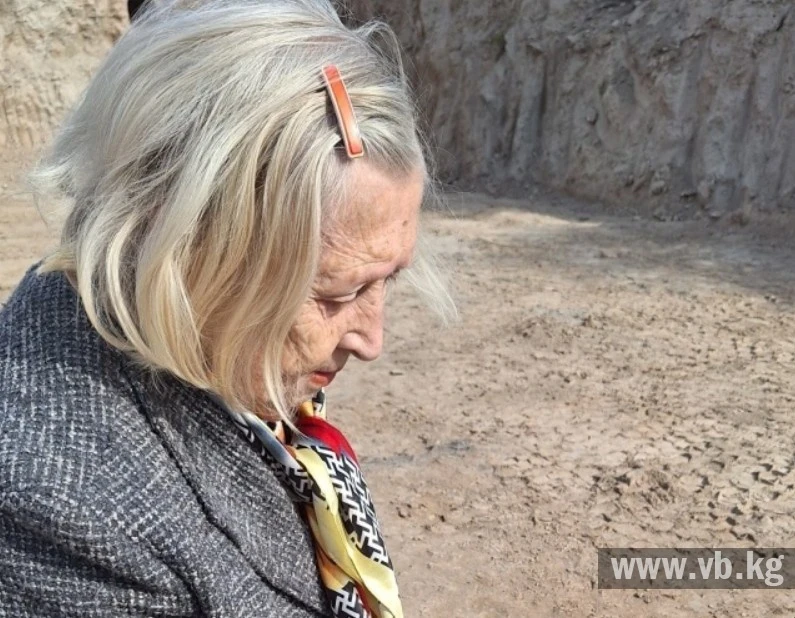
The second season of excavations at the Kuznechnaya Fortress, funded by the state, has concluded...

Irrigation The Kyrgyz used techniques and methods of irrigation developed over many centuries,...

In the 1990s, the plots were unlawfully transferred to private ownership. In the Batken region,...
Kyrgyzstan sets an ambitious goal — to double the volume of agro-export by 2030. This was announced...
According to the information from the press service of the presidential administration, the...